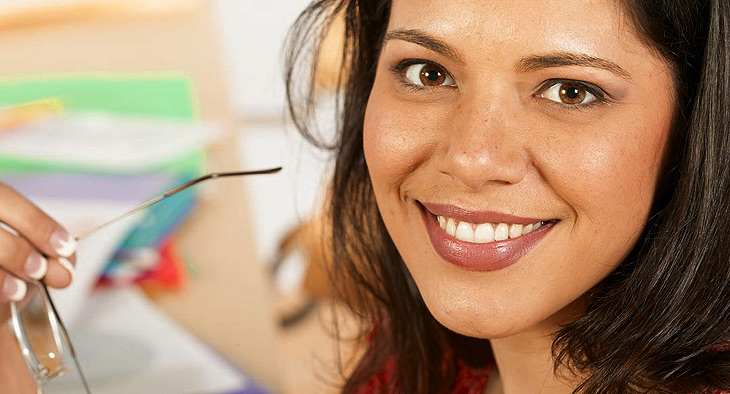1. Adverb position.
I'm always first in the office in the mornings.
Are you always busy?
Adverbs of frequency go after the verb be.
I rarely finish before 8 in the evening.
Adverbs of frequency go just before other verbs,...
I can sometimes leave work early.
I have never been to Asia.
... and between the auxiliary and the main verb.
Put the adverb in the correct position. For example:
I always have breakfast at home.
For more information about adverb position, see the Grammar Reference.
3. Adverb position.
Put the adverb in the correct position to complete the incorrect sentences from the previous exercise.
4. Review of irregular past tense.
Put the verbs into the correct box.
For more information about irregular verbs, see the Grammar Reference.
6. Pronunciation: Irregular verbs.
Say the past of each of the verbs.
For example:
You see: buy
You say: bought
6. Past and present.
Listen. Is the verb in each sentence in the past or the present?
Listen again, and practice saying each sentence. You can see the sentences here.
10. Different ways of saying after.
Complete this second text by choosing the best option.
For more information about linking events, see the Grammar Reference.
11. Using question tags.
We can use question tags when we think we know the answer to a question but would like confirmation.
You worked as a gardener after finishing school, didn’t you?
We also use question tags to make a statement that we expect the listener to agree with.
It’s hot today, isn’t it?
A question tag comes after a statement and includes the subject of the sentence (a pronoun) and the auxiliary of the verb (or the verb to be).
Choose the correct option to complete the tag questions.
12. Practice: Question tags.
Can you remember? Write the missing words to complete the tag questions.

